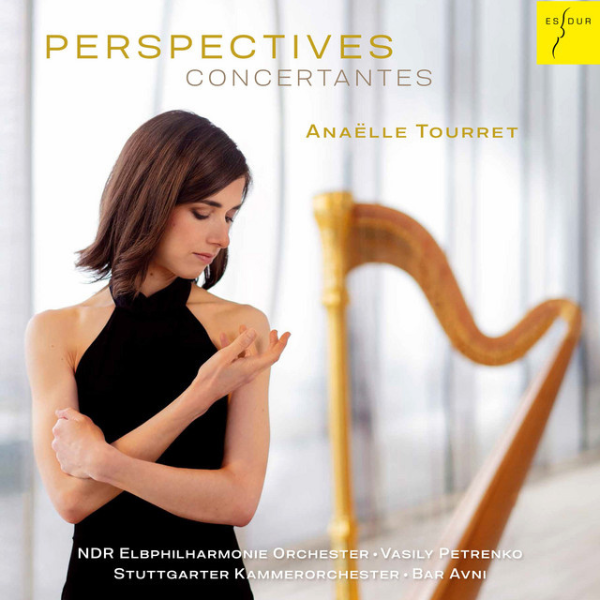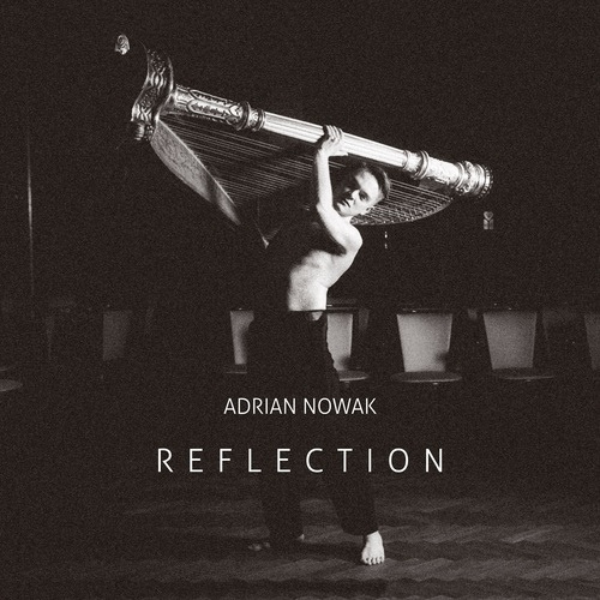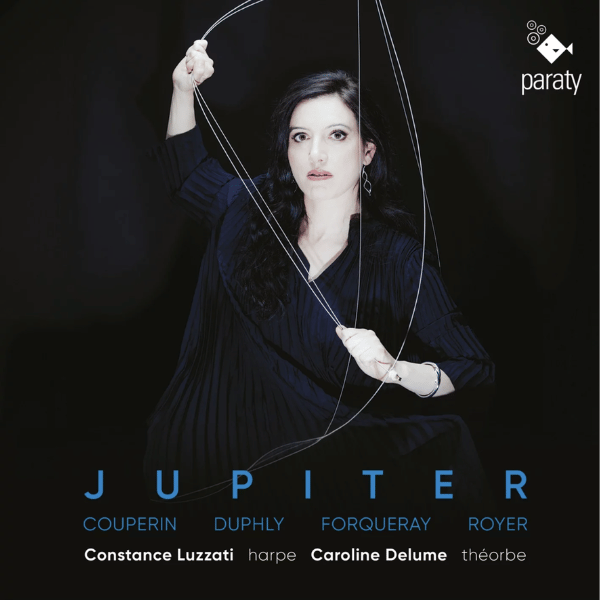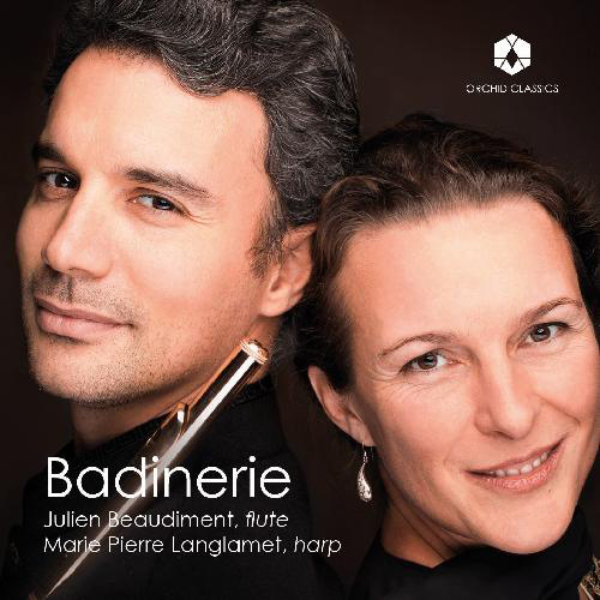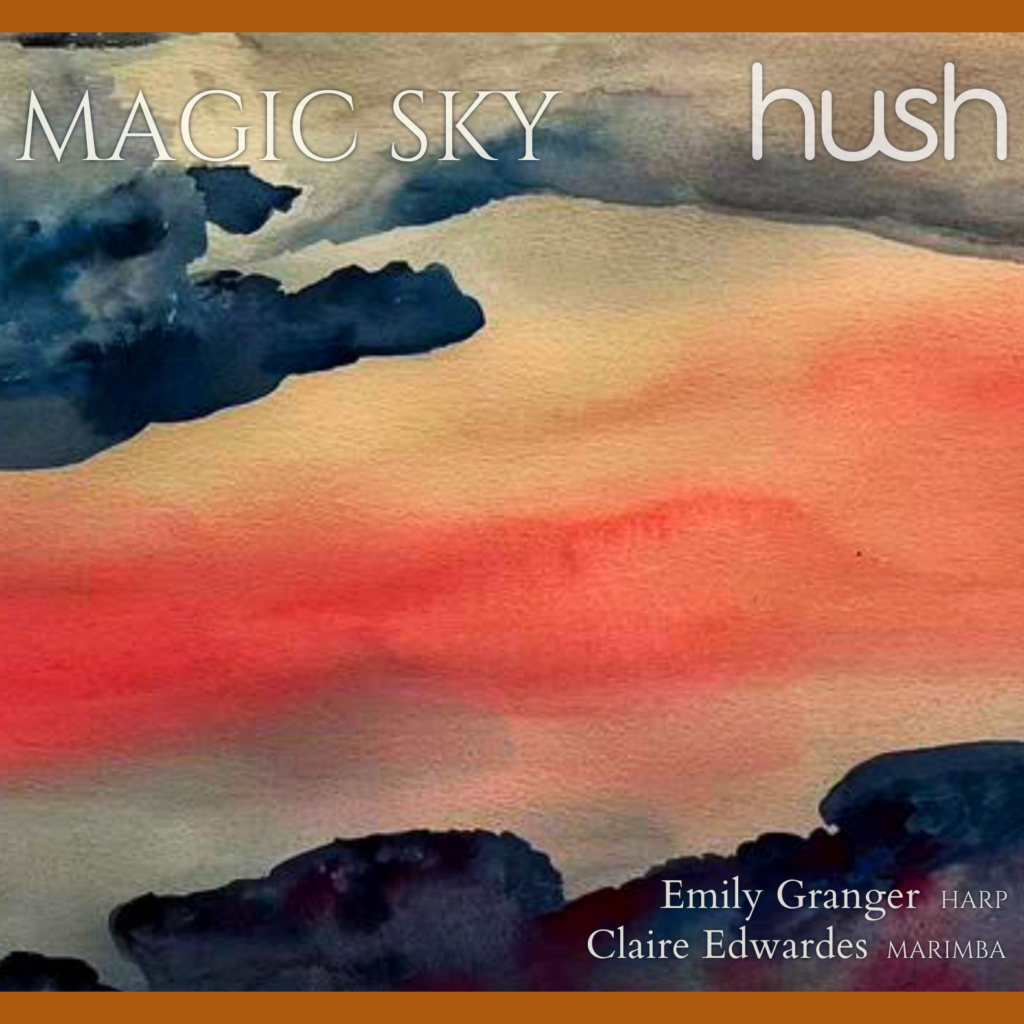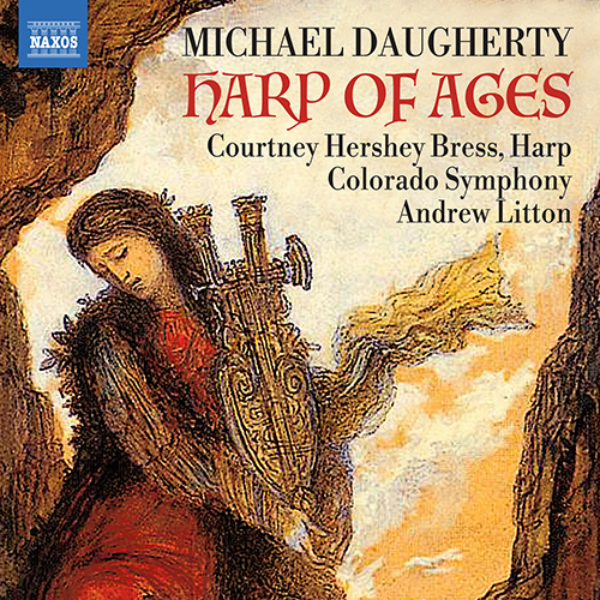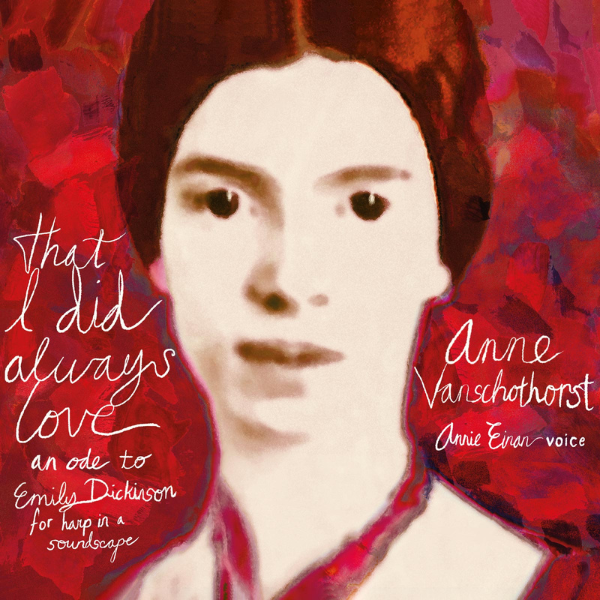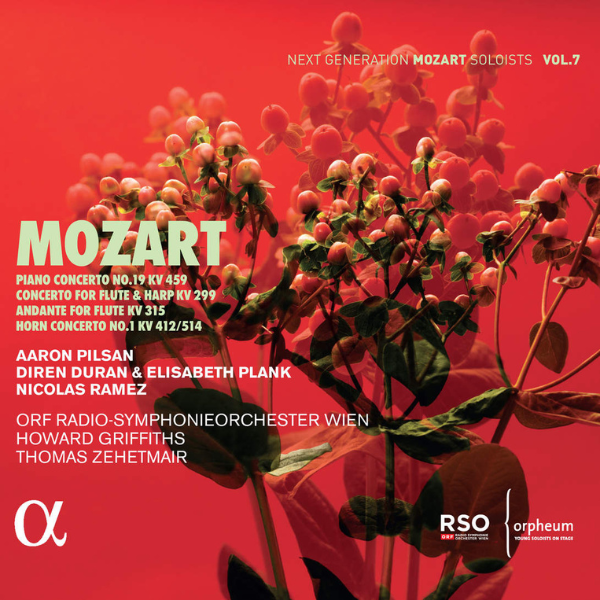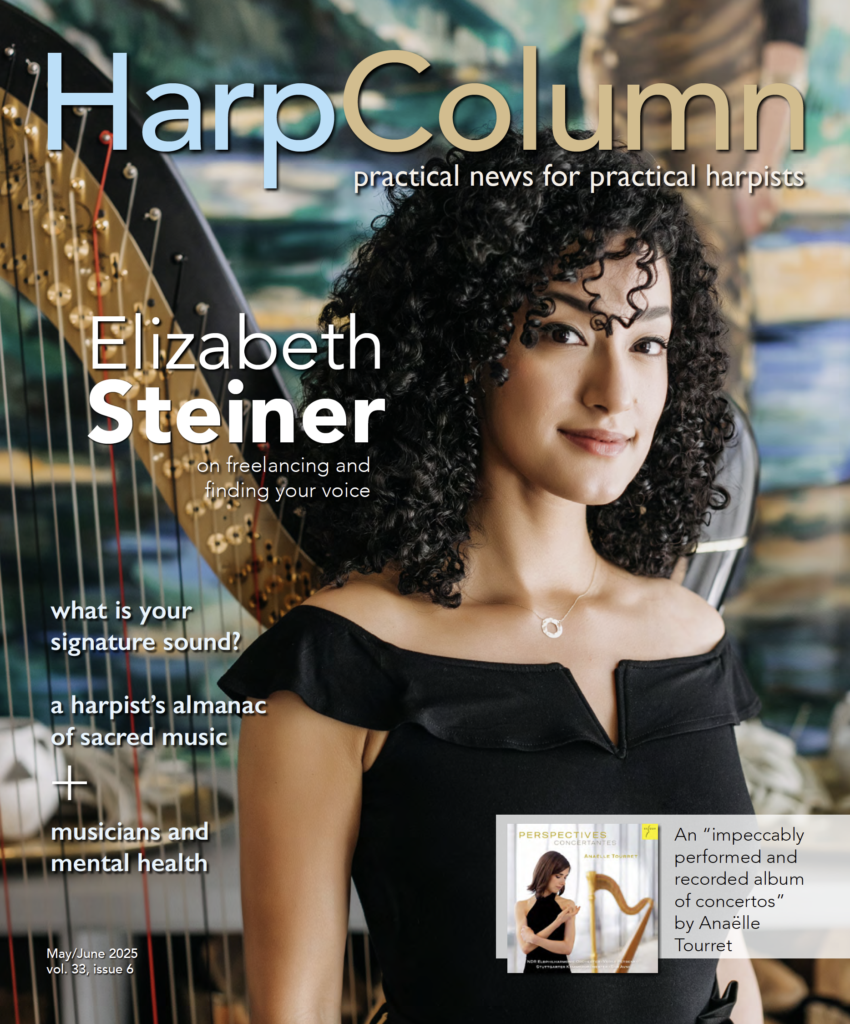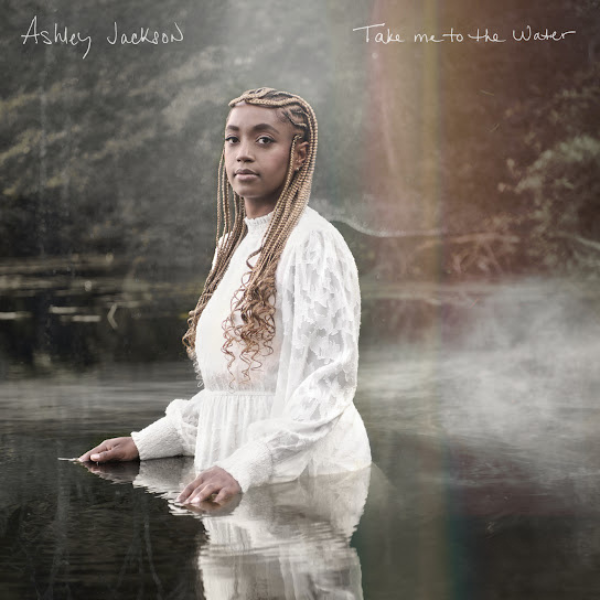
10/10
Ashley Jackson, harp.
Decca Records US, 2025.
In her label debut album, Take Me to the Water,award-winning harpist Ashley Jackson shares why water is such an elemental metaphor for her sonic language.
“Water is celebrated in lots of different cultures, but, despite that, you find recurring themes in those celebrations. So I wanted to hone in on those ideas—ideals—such as love and rebirth and hope.”
In a kind of seamless recital of iconic works alongside original compositions, Jackson sets herself apart as a bold and visionary voice, using her instrument as the source for deeply moving messages. This begins with an arrangement for harp and strings of Alice Coltrane’s Radhe-Shyam, an expansive work that ultimately flows into a song of devotion. Jackson’s reflective and intimate style draws the listener to stop everything and pay attention.
And what a gift we receive! Jackson plays close to the sound board, adds a steady percussion plus her own husky voice to an original River Jordan conjuring the sounds of her enslaved ancestors. This is followed by two angelic versions of Samuel Coleridge Taylor’s adaptation of Deep River. From there, she presents Brandee Younger’s politically potent Unrest, but always with characteristic sensitivity.
Debussy was said to have been inspired by a watercolor painting about water when he wrote his Danse sacrée. Jackson offers up a liquid interpretation, accompanied by the outstanding Harlem Chamber Players. This melts not into the profane dance, but rather a series of originals beginning with two that celebrate the West African goddess Yemaya. Chant-like and still, there’s a profundity in these works, an intentional turning inward into a sacred space.
This is followed by the first exploration of Take Me to the Water, honoring piano works by pioneering black pianist and composer Margaret Bonds. Eruptive, emotional, and always mesmerizing, Jackson tells us she wants to pull us in many directions, while all the while the music just keeps playing. And she gives it an extra level of intensity by dampening the low strings by weaving a sock through them. The percussive effect is astonishing. An instrumental Amen as gentle as a mother’s voice to her newborn leads us to the final interpretations of Take Me to the Water, including the addition of a choir calling us to our own baptism.





